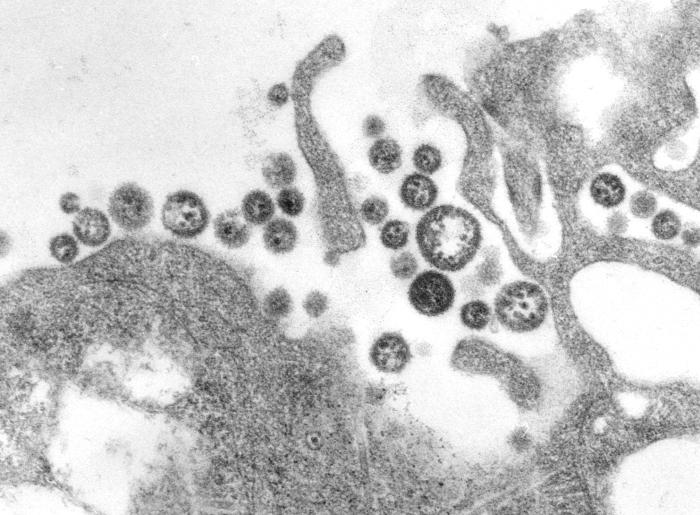The number of Lassa fever cases in the current outbreak in Nigeria has grown to 501 suspected cases including 104 deaths through June 9.

The World Health Organization reports the outbreak in Nigeria shows a declining trend of outbreaks.
The outbreak that started in Dec. 2016 has affected 17 states, with nine states still active in the outbreak-Anambra, Bauchi, Cross-River, Edo, Taraba, Nasarawa, Ondo, Plateau, and Kano.
The World Health Organization reports the outbreak in Nigeria shows a declining trend of outbreaks.
The following public health response measures are being carried out including enhanced surveillance and establishment of Lassa fever treatment centers.
Lassa fever is an acute viral hemorrhagic fever illness that is known to be endemic in various West African countries including Nigeria and causes outbreaks almost every year in different parts of the region, with yearly peaks observed between December and June.
Lassa fever is an acute viral hemorrhagic fever illness. Lassa fever is transmitted to humans via contact with food or household items contaminated with rodent urine or feces. Person-to-person infections and laboratory transmission can also occur.
Related:
- Dengue outbreak blamed on garbage pile-up: Sri Lanka officials
- Human plague tally rises to three in Santa Fe County, New Mexico
- South Africa: 25,000 birds killed in H5N8 avian influenza outbreak on Mpumalanga farm
- Nigeria: Hepatitis E in Borno State, Cholera in Kwara State
- Psoriasis: Oral treatment clinical trials
- Cholera bacteria can colonize soft shelled turtles, spreading disease in China


